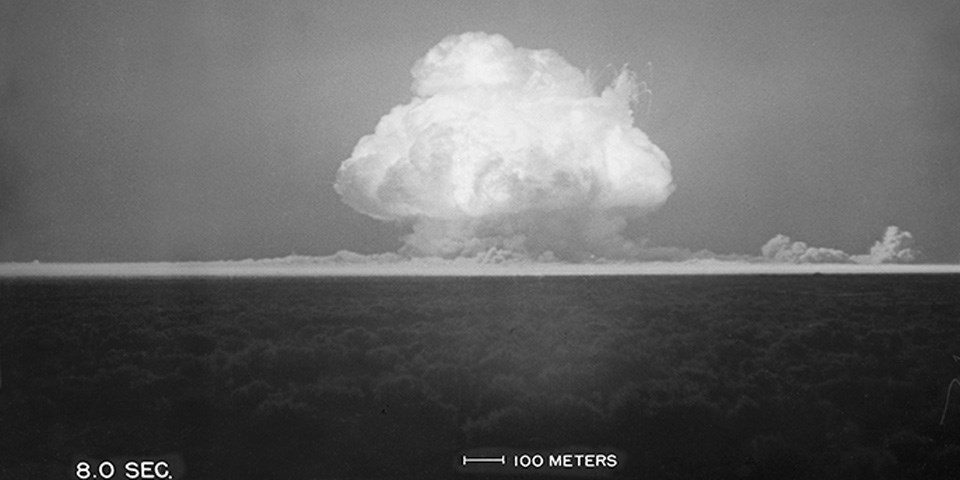The Trinity test of July 16, 1945 was arguably history’s greatest scientific experiment. It represented not only the capstone of the Manhattan Project, but the culmination of decades of discovery in physics, chemistry, metallurgy, and other scientific fields. The technology tested at Trinity would later be used to help bring history’s deadliest conflict, World War II, to an abrupt and victorious conclusion. In this two-part series, Mr. Carr follows up on his 18 February webinar “Introduction to U.S. Nuclear Testing: 1945 – 1992” by discussing the scientific discovery and technological innovation that are part of Trinity’s legacy.
Part 1 of this two-part webinar series covers Trinity’s historical background, the necessity for pre-combat trials, requirements for the nuclear test site and location considerations, site preparation, the origins of the Trinity name, and more.
Part 2 of this two-part webinar series, Mr. Alan Carr continues the discussion, covering the challenges associated with an unprecedented nuclear weapons test, the build up to the test, and the actual test itself. It includes videos documenting the test, eyewitness descriptions, the aftermath of the nuclear test, and the legacy of Trinity. In addition to these videos and accounts, part 2 of the webinar also shows the first colored image of the explosion and samples of Trinity photography.


